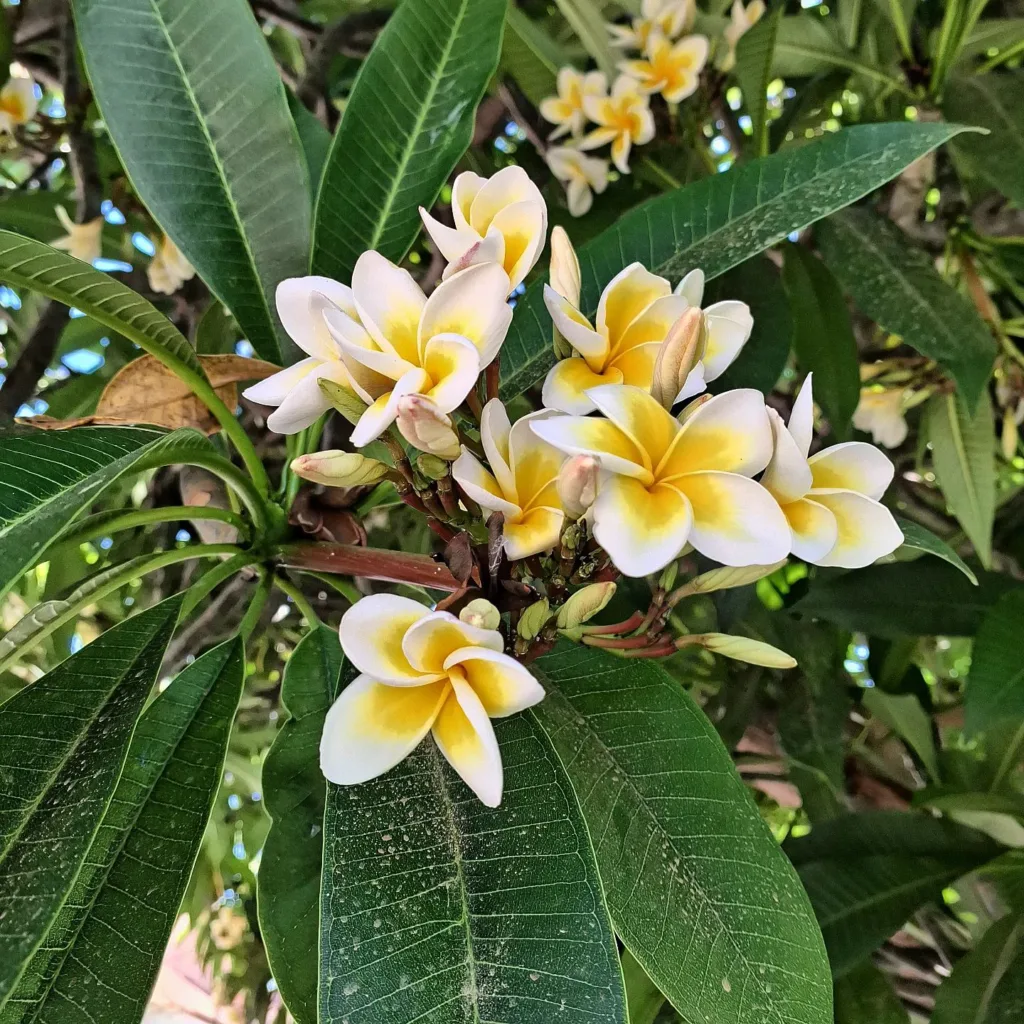My Journey with Woolly Croton
Living in the countryside has its perks, but it also comes with its fair share of challenges. One such challenge that I, Ferb Vu, have encountered is the invasive Woolly Croton. This plant, while intriguing, can be quite a nuisance if not managed properly. In this article, I’ll share my experiences and knowledge about this plant, including how to get rid of it and whether it is poisonous.
1123 Species in Genus Croton
What is Woolly Croton?
Woolly Croton, scientifically known as Croton capitatus, is a herbaceous plant native to North America. It is often found in disturbed areas like pastures, roadsides, and fields. The plant is recognizable by its woolly, silver-gray leaves and small, inconspicuous flowers. While it can add a unique texture to the landscape, it is often considered a weed due to its aggressive growth and ability to outcompete other vegetation.
How to Identify Woolly Croton?
Identifying Woolly Croton is relatively easy once you know what to look for. The plant typically grows up to three feet tall and has distinctive, soft, hairy leaves that give it a silvery appearance. The stems are also covered in fine hairs, and the small flowers are clustered at the tops of the stems. If you’re ever in doubt, a quick search online for images of Woolly Croton can help confirm its identity.
How to Get Rid of Woolly Croton?
Getting rid of Woolly Croton can be a bit of a challenge, but it’s not impossible. Here are some methods that I’ve found effective:
Manual Removal
One of the most straightforward ways to control Woolly Croton is by manually removing the plants. This involves pulling them out by hand, making sure to get as much of the root as possible to prevent regrowth. It’s best to do this when the soil is moist, as the roots will come out more easily. Be sure to wear gloves, as the hairs on the plant can cause skin irritation.
Mowing
For larger infestations, mowing can be an effective way to manage Woolly Croton. Regular mowing will prevent the plants from flowering and setting seed, gradually reducing the population over time. It’s important to mow before the plants flower to prevent seed dispersal.
Herbicides
Herbicides can also be used to control Woolly Croton. Selective broadleaf herbicides are effective, but they should be used with caution to avoid harming desirable plants. Always follow the manufacturer’s instructions and consider consulting with a local extension office for the best herbicide recommendations for your area.
Is Woolly Croton Poisonous?
Yes, Woolly Croton is considered poisonous, particularly to livestock. The plant contains compounds that can cause digestive issues and other health problems if ingested in large quantities. While it is generally not harmful to humans if touched, it can cause skin irritation in some individuals due to its fine hairs. It’s always a good idea to handle the plant with care and wear protective clothing if you plan to remove it manually.
How to Prevent Woolly Croton Infestations?
Prevention is always better than dealing with an existing infestation. Here are some tips to keep Woolly Croton at bay:
Maintain Healthy Pastures
A healthy, well-managed pasture is less likely to be overtaken by weeds like Woolly Croton. Regularly reseeding and maintaining proper grazing practices can help keep your pastures in good condition.
Monitor Regularly
Keep an eye on your land for any signs of Woolly Croton. Early detection and removal can prevent a small problem from becoming a large one.
Use Cover Crops
Planting cover crops can help suppress weed growth by outcompeting them for resources. This is especially useful in areas that are prone to disturbance.
What to Plant with Woolly Croton?
If you’re dealing with Woolly Croton in a garden setting, consider planting competitive, fast-growing species that can help suppress its growth. Native grasses and wildflowers that are adapted to your region can provide good competition. Additionally, mulching around desirable plants can help prevent Woolly Croton seeds from germinating.
Final Thoughts
Woolly Croton, while an interesting plant, can be quite a challenge to manage. By understanding its characteristics and implementing effective control measures, you can keep this weed in check. Whether you’re dealing with a small patch or a large infestation, persistence is key. And remember, safety first—always handle the plant with care to avoid skin irritation. Happy gardening!
I’ve learned a lot from my encounters with Woolly Croton, and I hope my experiences can help others facing the same challenge. If you have any questions or additional tips, feel free to share them. Together, we can tackle this persistent weed!
If i die, water my plants!



